10/19/2003
Our current federal asbestos regulations that you are all familiar with (NESHAP, AHERA, MAP and OSHA) have been with us in some form since about 1970 and have not changed since about 1994 (about 30 years).
The EPA asbestos NESHAP (National Emission Standards for Hazardous Air Pollutants) regulates the generation through disposal of regulated asbestos waste from construction projects, for the protection of the public.
EPA AHERA (Asbestos Hazard Emergency Response Act) protects the “public” that occupies the interior portions of K-12 schools from friable Asbestos Containing Building Materials (ACBM) in those buildings.
The EPA MAP (Model Accreditation Plan) tells us who may do regulated asbestos work inside public, commercial, and industrial buildings (disturbing friable ACBM above maintenance levels).
The OSHA construction standard protects employees from airborne asbestos exposure who disturb any asbestos containing materials in construction activities.
Together, these regulations do a good job of protecting the public and workers from airborne exposure to asbestos in the United States. As long as there is any death from asbestos disease, there will always be the cry for more regulations. However, if these 4 main regulations are understood and complied with, they do a good job of protecting the country from the asbestos hazard.
In more recent years (since 2019) EPA has issued 2 new final rules and one proposed new rule to protect the public from asbestos. Also, a “total ban” act has been introduced in congress annually for about the last 5 years but has never been passed into law.
Of the two new regulations that have been put in place under the authority of the Toxic Substance Control Act (TSCA), the first was the Significant New Use Rule (SNUR) in 2019. Essentially it prohibited the importation, distribution in commerce, sale and use of any ACBM without EPA approval. It was important because there had never been a law banning asbestos. Even though today, no one wants to sell or use asbestos containing material (ACM) because of the liability and potential health effects attached to that use, the SNUR essentially stopped the use of asbestos materials in construction in a codified way.
The second new regulation (7/25/2023), also under TSCA, is a reporting and recordkeeping rule that applies to manufacturers, importers, and processors to report any asbestos use, including impurities in a product, for the past 4 years. This rule applies mainly to large companies (more than $500,000 in sales) but may help identify ACM in products imported from foreign suppliers.
The 2022 proposed regulation under TSCA would take the SNUR a step further and actually ban chrysotile asbestos in the known uses that EPA has identified: chlor-alkali industry use, sheet gaskets for chemicals, oilfield brake blocks, aftermarket auto friction products and other gasket use. This rule would require identification, restriction of use and disposal with recordkeeping. As you know, chrysotile is the only asbestos imported and intentionally used in manufacturing in the US for about the last 40 years.
For comments, debate or clarifications, please contact The Asbestos Institute at theasbestosinstitute.com, or call at 602-864-6564.
Image Credit:
Regulations by Nick Youngson CC BY-SA 3.0 Pix4free
Copyright Management Information
License: Creative Commons 3 – CC BY-SA 3.0
Original Author: Nick Youngson – link to – http://www.nyphotographic.com/
Original Image: https://pix4free.org/photo/4749/regulations.html
License permits: Sharing, copying and redistributing in any medium or format including adapting, remixing, transforming, and building upon the material for any purpose, even commercially, attribution is required to obtain and maintain a license.

© The Asbestos Institute | All rights reserved